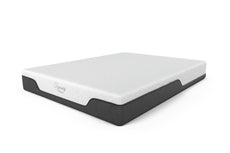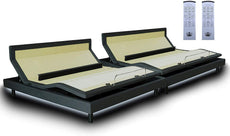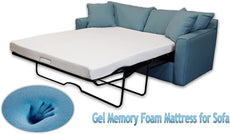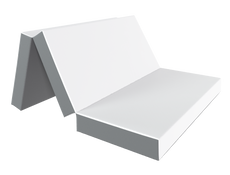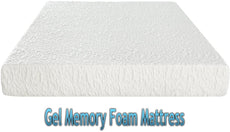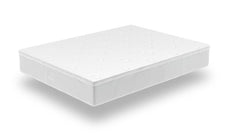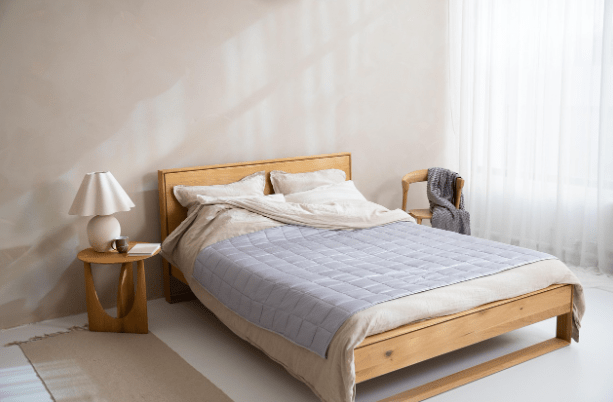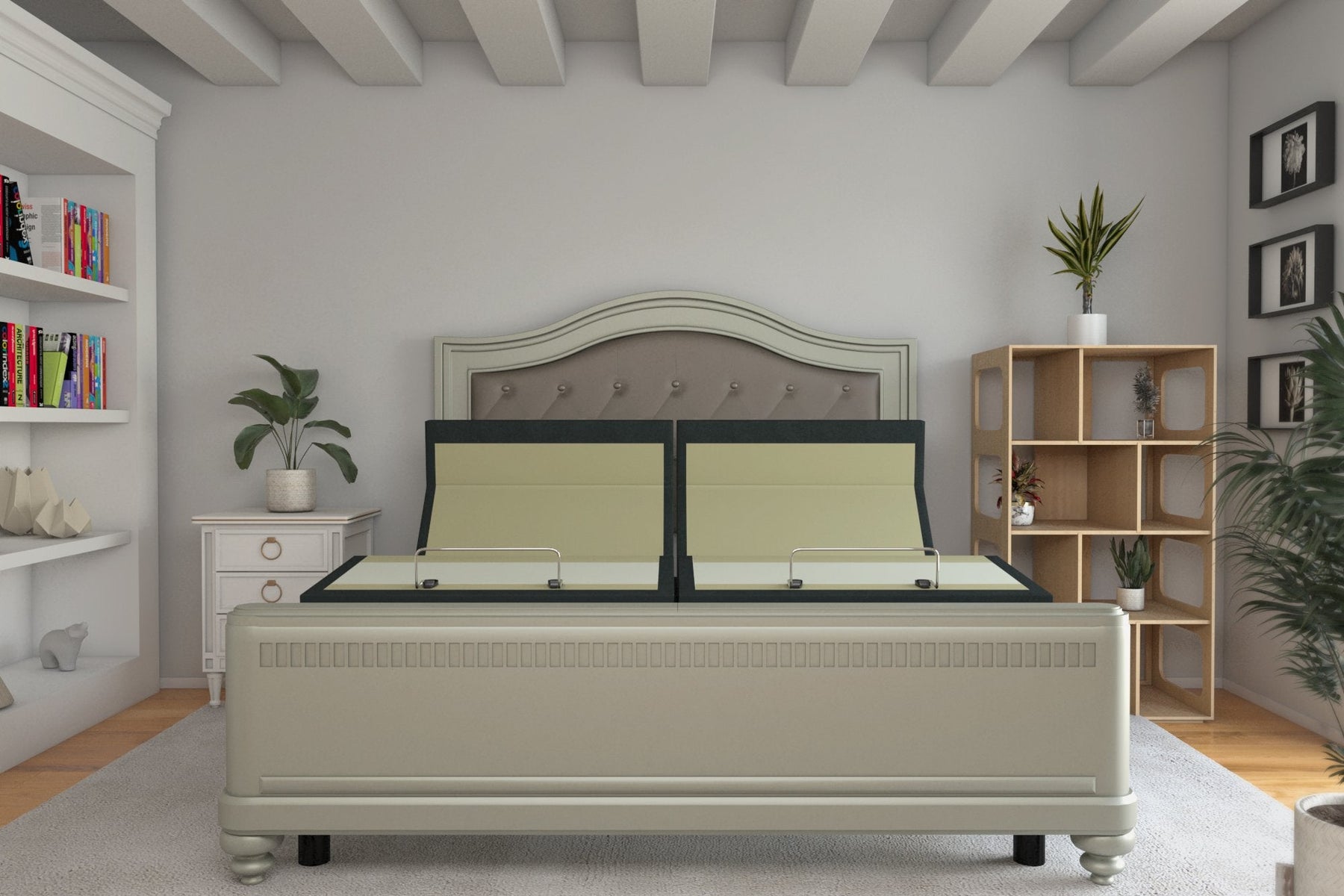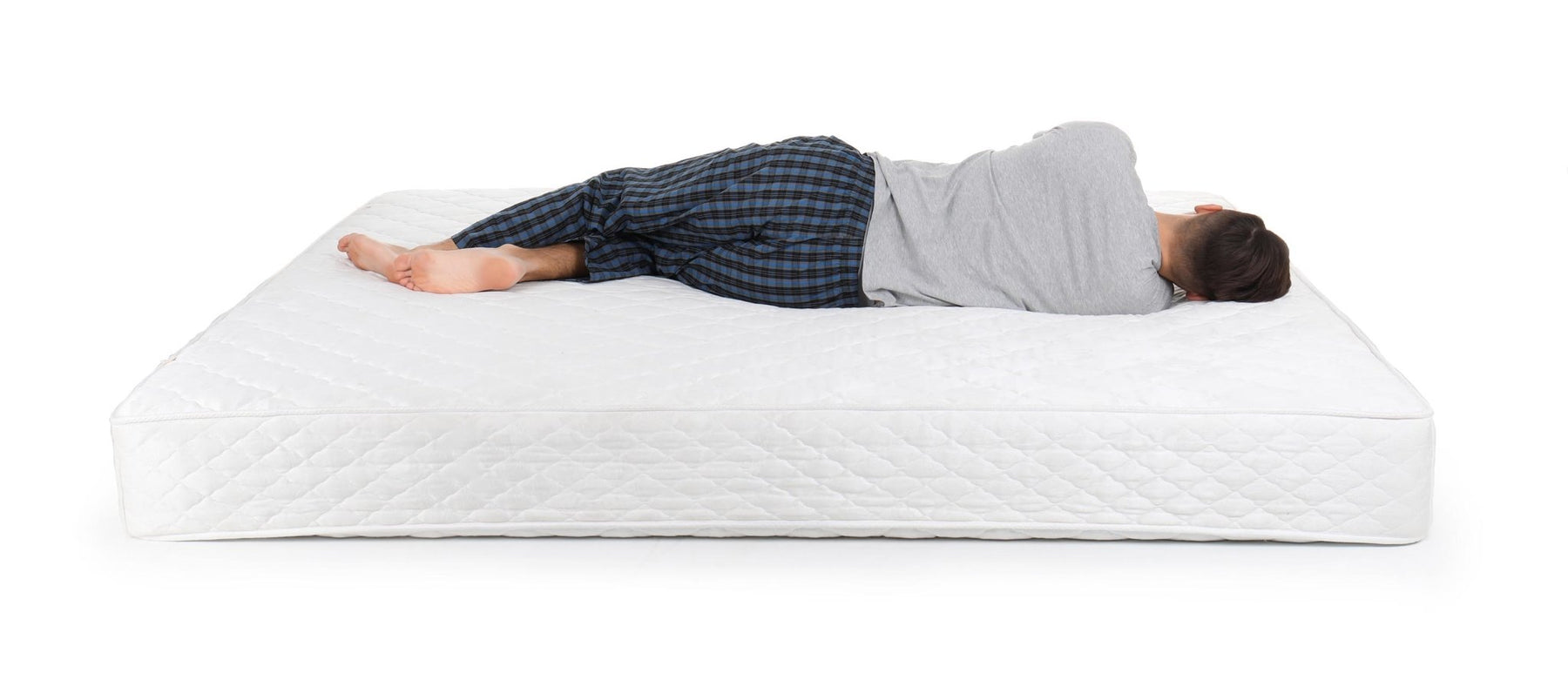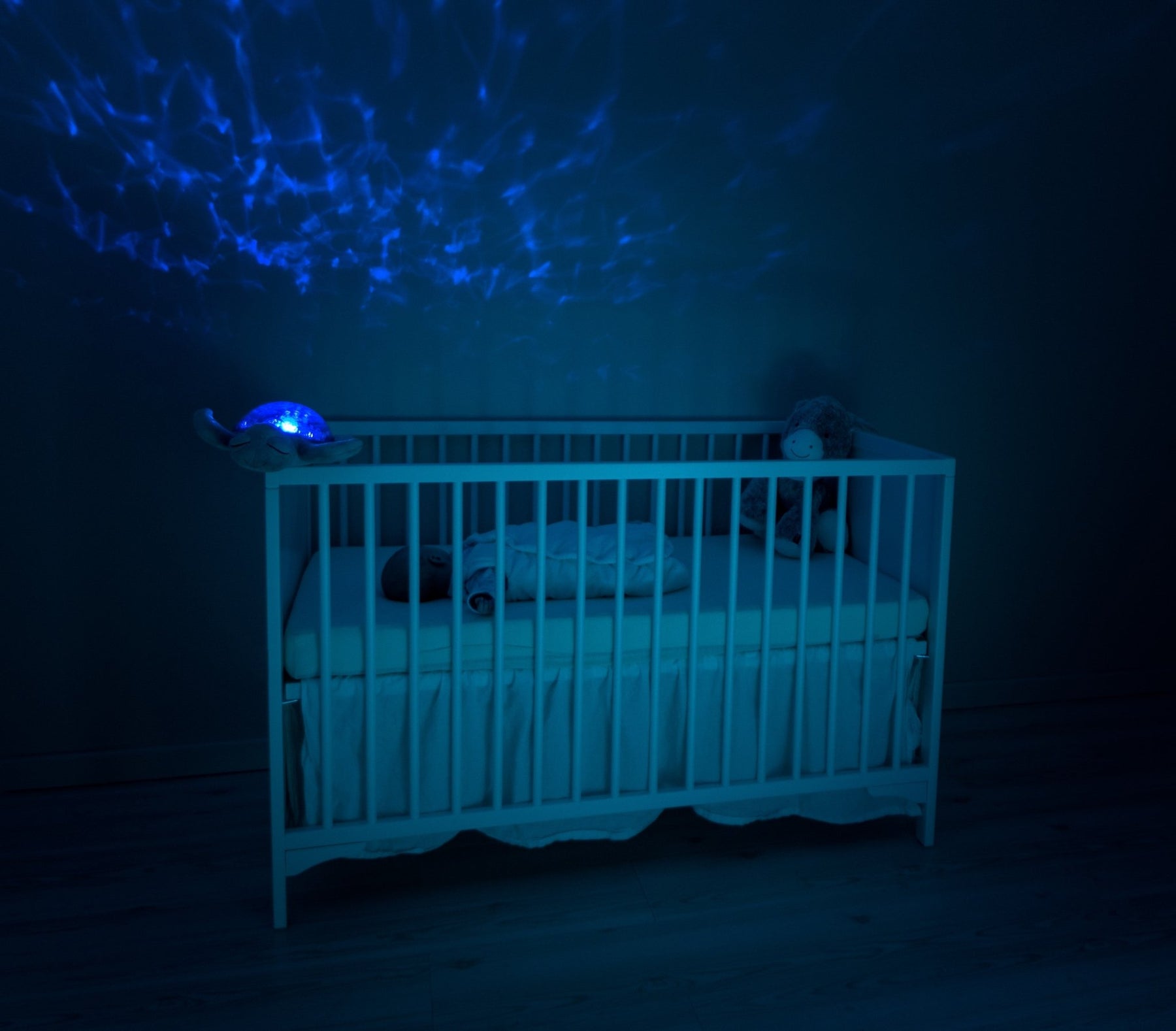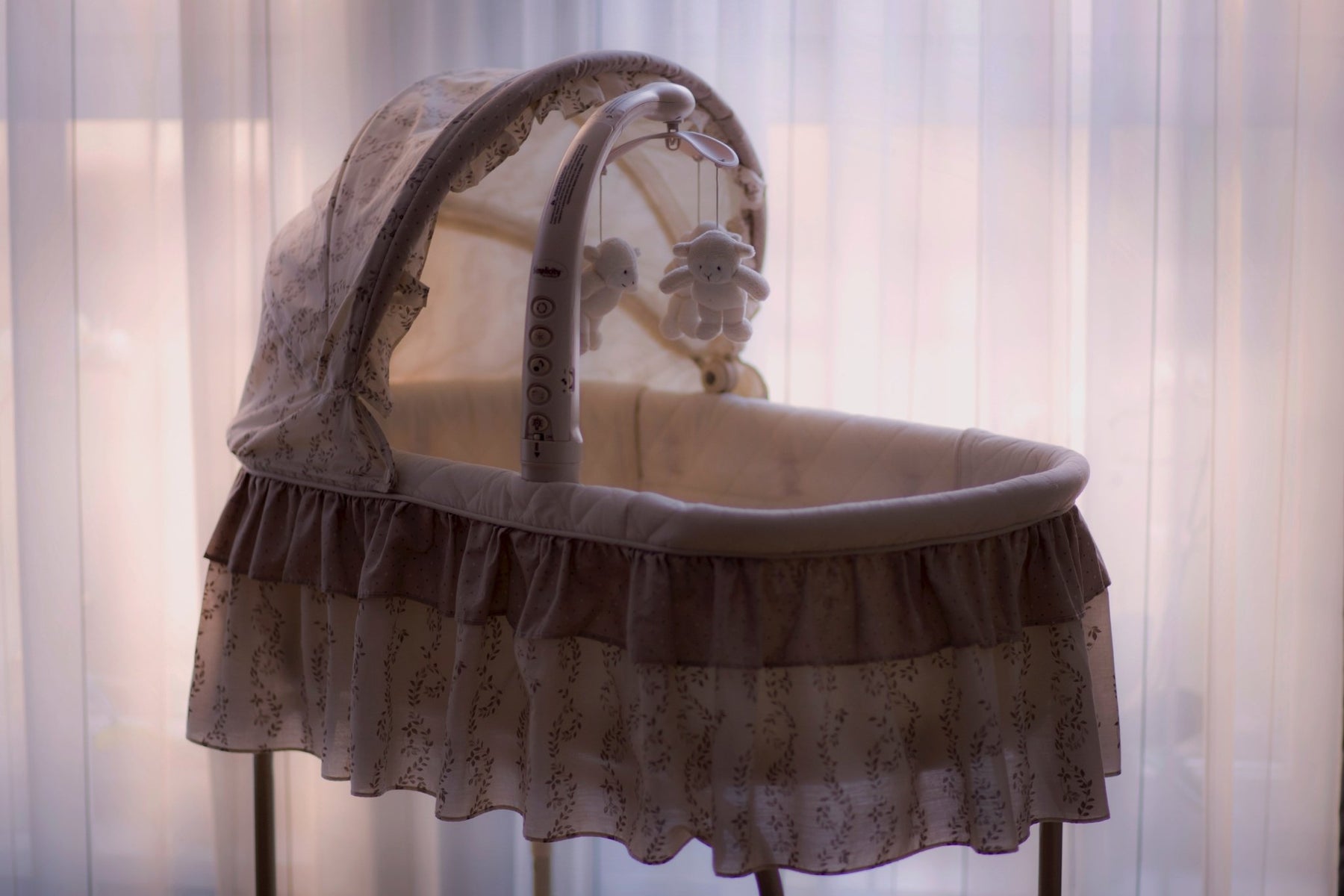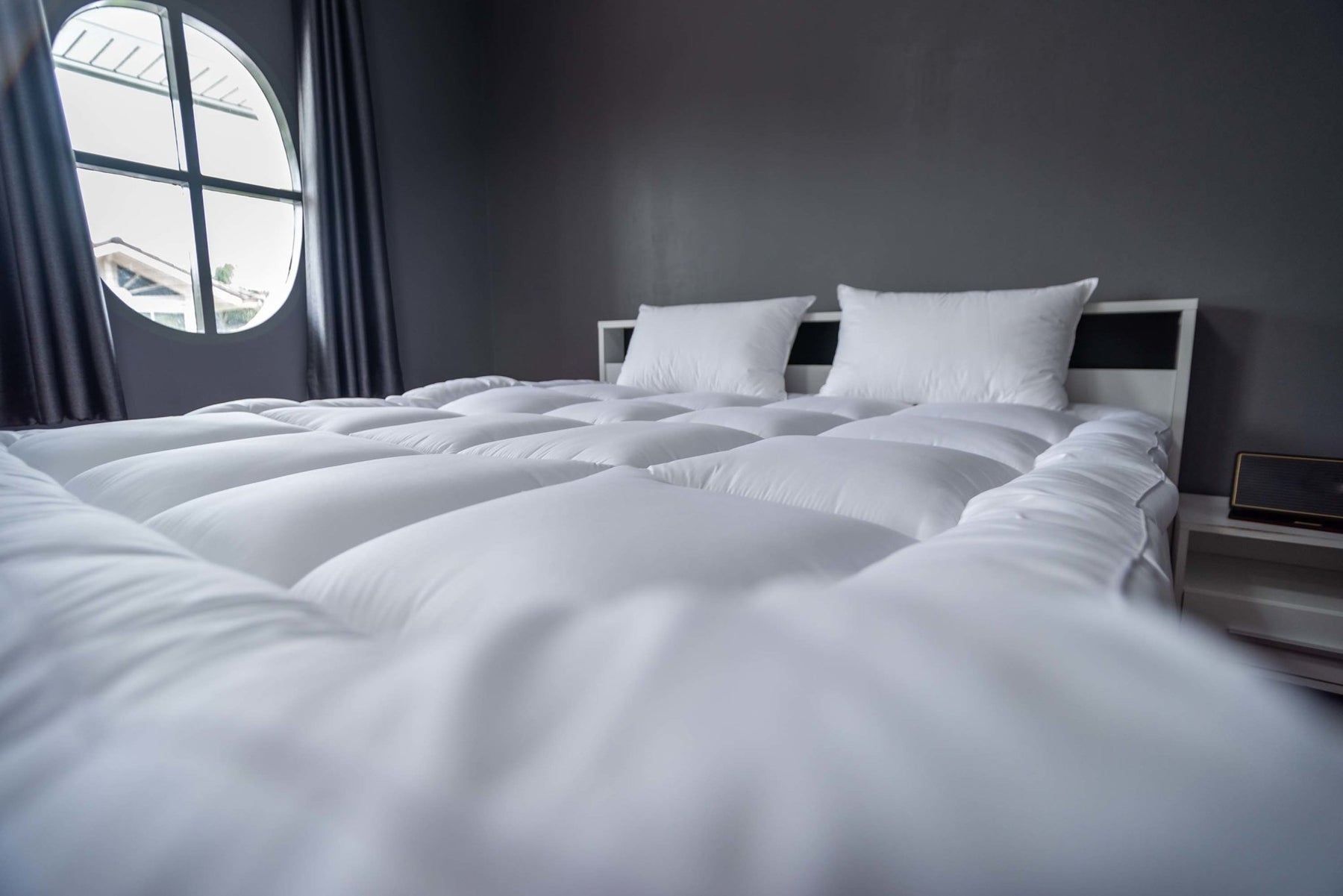
Foam vs. Spring Mattresses: Differences, Pros, Cons, & More
Foam vs. Spring Mattresses: What are the Differences?
Selecting the right mattress for you requires a deep understanding of the mattress types available. Two of the most common mattress types that confuse shoppers include foam and spring. If you’re wondering what makes these mattress types unique and which would be best for you, you’re in the right place. That’s exactly what we’ll cover. Let’s get right into it!
What is a Foam Mattress?
Very simply put, a foam mattress is a mattress that’s made of foam. The mattress may also be made of other materials, but the main one is foam. Most foam mattresses are composed of several layers, each strategically chosen to create a specific comfort profile. There are foam beds out there for every type of sleeper.
Types of Foam Mattresses
Not all foam beds are created equal. There are several foam types, and each of them has a unique set of characteristics that make for a unique sleeping experience. We’ll get into three types of foam mattresses below:
Memory foam

Memory foam is a type of foam that’s been treated with additives to change how it behaves when weight is applied to it. The main appeal of memory foam is that it envelops your body in support and comfort. This is hard to come by, considering that other materials just don’t conform to the body as memory foam does.
Memory foam comes in several variations:
- Traditional memory foam - Traditional memory foam is soft and flexible with no extra components.
- Gel memory foam - The star of all memory foam, gel memory foam is a combination of memory foam and gel beads. The gel is cool to the touch and aids in temperature regulation as you catch your Zs.
- Open-cell memory foam - Open-cell memory foam is similar to traditional memory foam, except it features small holes. These holes facilitate airflow and make the mattress a bit softer.
Polyurethane Foam
Polyurethane foam, also called polyfoam, is a type of foam derived from plastic. It is processed heavily to take on a soft and bouncy feel. Most memory foam beds are made of at least a little polyurethane foam. Here are a few types of polyurethane foam:
- Basic polyfoam - A cheap, soft foam that’s used in the majority of polyfoam beds.
- High-resiliency polyfoam - A firmer version of basic polyfoam used to add more support to the inner layers of a bed. It’s more costly than other foam types.
- High-density polyfoam. Similar to high-resiliency polyfoam, high-density polyfoam’s firmness is used to increase the support of a foam mattress.
Latex foam
Latex foam is made of latex, which is derived from rubber. It’s got some of the same characteristics as both polyfoam and memory foam. It’s bouncy, supportive, and conforming to the body. Though it’s worth noting that it doesn’t conform to the extent that memory foam does. The main downside of the material is that it’s costly for manufacturers to make, and it’s expensive for everyday folks to buy.
The two main types of latex foam are talalay latex and Dunlop latex. Talalay latex is exceptionally bouncy and soft, and Dunlop latex is more on the firm side. Both of these latex types may be used for different functions in foam mattresses based on the manufacturer’s design and intended buyer.
What is a Spring Mattress?

Spring mattresses, on the other hand, are constructed from a collection of metal coils that add bounce and support to a mattress. They are known to be the most affordable mattress type. However, they lack the even support and cradling capabilities of other mattresses.
Types of Spring Mattresses
Now that you understand the basics of spring mattresses, let’s get into the different types you’ll come across in your mattress shopping. Each type will drastically affect how your bed feels and moves, as well as how long it will ultimately last.
- Pocket Coils- Individually wrapped metal springs. They minimize motion transfer, unlike traditional metal coils. Spring mattresses with this coil type are ideal for couples who don’t sleep on the same schedule, as they reduce the risk of one partner waking the other by moving around.
- Bonnell Coils - A specialized type of coil that has an hourglass shape and is joined with neighboring coils. Bonnell coils are designed to move in unison, instead of individually, like pocket coils. So, while they do provide good support, they don’t provide movement isolation. They also tend to be noisy. Most spring mattresses made within the last 50+ years were made with these coils.
- Offset Coils - A type of Bonnell coil that boasts some interesting benefits. They are quieter and more comfortable. And as a bonus, they respond to the curves of your body to a higher degree than traditional bonnell coils.
- Continuous Wire Coils - Coils that are constructed from a single wire and grouped together by more wires. They are incredibly durable and make for firm sleeping spaces. The major downside is that they transfer movement and can be noisy. They also don’t contour well to the body.
- Microcoils, Minicoils, and Nanocoils - These tiny coils are designed and manufactured to provide max comfort to the sleeper through contoured support for pressure relief. They also enhance a mattress’s airflow levels. This coil type is best suited to hybrid mattresses, which combine both springs and foam.
Coil Size and Count
A spring mattress’s coil size and count have a huge impact on its comfort level, durability, and longevity. The thicker the coil (the lower the gauge), the firmer the bed will be. On the other hand, the thinner the coil (the higher the gauge), the softer the bed will be.
On the subject of the coil count, mattresses with more coils provide more even support than those with fewer coils. Just keep in mind that smaller mattresses will have lower coil counts than larger mattresses, given that there’s less space to cover with smaller mattresses.
Foam vs. Spring Mattresses: The Differences

You now know a ton about both foam and spring mattresses. Now it’s time to move on to the most important differences between the two. We’ll get into those below.
Support
When it comes to support, foam mattresses are usually preferred. This is because they support and cradle the entire body. Many who switch from spring mattresses to foam mattresses report an improvement in body aches and better quality sleep overall. Conversely, spring mattresses don’t have that same capability. Though they are often very supportive, they don’t provide even support that moves with your body. For that reason, most foam mattresses are going to be more comfortable than spring mattresses.
Longevity and Durability
Spring mattresses don’t usually last as long as foam mattresses do. They cave in or sag eventually with regular use, and there’s nothing you can do about it. Foam mattresses are much longer lasting than spring mattresses, as there are no springs to wear out.
Motion Transfer
Motion transfer is common with spring mattresses, meaning that a couple sleeping on a spring mattress will feel each other’s movements. Foam mattresses don’t carry this issue, and that’s why couples love this bed type so much.
Bounciness
Spring mattresses are bouncy and springy, given that they’re made mostly of springs. That’s not the case with memory foam. When weight is placed on a memory foam mattress, it takes a while for the foam to rebound (or go back to its initial shape). Those who are fans of bouncy beds will find that spring mattresses are more their style.
Muscle and Joint Pain Relief
Foam mattresses can alleviate joint pain and prevent sleep-related injuries. That’s not the case with spring mattresses. Sleeping on a spring mattress might aggravate existing pain or result in new joint or muscle issues.
Coolness
Spring mattresses are often pretty airy. So, those who sleep on them shouldn’t have any issues with temperature regulation. Foam mattresses have the potential to run hot unless they’re infused with open-cell foam and gel beads. These specialized foam beds sleep much cooler. Latex foam mattress also sleep cool.

Cost
There’s no question - spring mattresses are the all-around more affordable option. The materials to make them are relatively cheap, and that translates to a lower price for customers. What the mattress type lacks in comfort and longevity is also factored into the price. The average price of a spring mattress is around $100 - $250+. Foam mattresses carry a higher price tag than spring mattresses because of their ability to provide back and body support, longevity (8+ years), and all-around comfy sleep for buyers. The average foam mattress will set you back $250 - $2000+.
Pros and Cons of Spring Mattresses

Up until this point, you might have gathered that spring mattresses aren’t as high-quality as foam mattresses. And that’s arguably true. However, there are benefits that lead buyers to choose spring mattresses time after time. Below, we’ll get into those pros as well as some cons that turn people off to this mattress type.
Pros of Spring Mattresses
- They are super affordable. Not everyone is looking to spend an arm and a leg on a mattress - think college students, recent grads, or people with lean budgets.
- They are bouncy and springy. Some people love a mattress that bounces back, and spring mattresses provide that.
Cons of Spring Mattresses
- They are often noisy. Wire springs aren’t the quietest things in the world. Even minute movements can be noisy on the average spring mattress.
- Most spring mattresses aren’t very good with isolating motion. And if you sleep with someone else on one of these, you might be awakened as they toss and turn or go to the bathroom in the middle of the night.
Note: The pros and cons above are generalized. The best spring mattresses may provide movement isolation and might be a little quieter than cheaper, low-quality spring mattresses. Just know that the above pros and cons will apply to most spring mattresses.
Pros and Cons of Foam Mattresses

Foam mattresses are widely known to be the standard of comfort and quality in the mattress world. But they’re not without fault. Here are some pros and cons to consider before making the jump and purchasing a foam mattress.
Pros of Foam Mattresses
- Foam mattresses are versatile, meaning that there’s a perfect foam mattress for just about everyone. With so many foam types out there, you’re sure to find one that meshes well with your sleep style and needs.
- Foam mattresses provide a high degree of comfort, support, and body contouring, allowing the sleeper to melt into the mattress for restful sleep.
- Memory foam helps to reduce pressure points. For most people, that results in reduced tossing and turning and fewer aches and pains the next morning.
- Foam mattresses do not transfer motion, meaning that if one sleeper moves around or gets up during the night, it won’t disturb the other partner.
Cons of Foam Mattresses
- Foam mattresses tend to retain heat, making them unsuitable for hot sleepers. (This con doesn't apply to open-cell or gel memory foam mattresses).
- Foam mattresses can be expensive compared to traditional innerspring mattresses or hybrids.
- Some foam mattresses off-gas, meaning that they emit a “chemical-type” odor that dissipates over time but can be annoying for some. Sometimes these gases are harmful to your health, so always seek out foam mattresses that are certified by OEKO-TEX, GREENGUARD Gold, or CertiPUR-US.
- Foam mattresses have a sinking feeling that some may not like.
Which Mattress Type is Better For You?
Now comes the time to determine which mattress is right for you. In this section, you'll find quick lists to help you decide once-and-for-all which mattress type you should go for.
Go for a memory foam mattress if you:
- Like to feel like your mattress envelops you.
- Are often awakened by your partner moving around at night.
- Have back or body pain and need some relief.
- Have room in your budget for one.
Spring mattresses are best for those who:
- Don't have a large budget for their next mattress.
- Tend to sweat at night.
- Prefer back support over full body contouring.
So, there you have it, everything you need to know about spring mattresses, foam mattresses, and the differences between the two. We hope that the information in this article has been helpful, making it easier to choose the best mattress for you.
Other articles you may like
0 comments
